Jona Lendering
Jona Lendering read history at Leiden University (MA 1993), specialized in Mediterranean culture at the Amsterdam Free University (MA 1996), and worked at excavations in Holland (Riethoven) and Greece (Halos). After teaching historical theory and ancient history at the Free University for several years, he was one of the founders of a school for history teaching, Livius Onderwijs. Born in Amsterdam, it has now spread to auxiliary locations in Bussum, Dronten, Gouda, Haarlem, Hoorn, Schagen, Zaanstad, and Zoetermeer. As of 2013, Livius Onderwijs has eight teachers, about 500-600 students a year, and offers tours to countries like Italy, Turkey, Iran, and Lebanon. The field trips help to etch into the students' minds some of what they've learned at the school.
Because history is for a large part telling a story, something you do best in your own language, Lendering prefers to publish in Dutch journals. However, he has contributed to the Bryn Mawr Classical Review and Ancient Warfare, while he is the founder of Ancient History Magazine. He is also the publisher and editor of the on-line publication of the Babylonian Chronicles of the Hellenistic Period, a set of important cuneiform sources for the history of the Seleucid and Parthian Near East, transcribed, translated and commented on by Bert van der Spek of the Free University Amsterdam and Irving Finkel of the British Museum. A publication as book is in preparation.
Lendering has written several books and maintains a blog in Dutch. He is the author of several books, including Edge of Empire and Consensus and Crises. For the Livius website, which has received several awards, he collaborates closely with Bill Thayer of LacusCurtius. Lendering is also the webmaster of two daily blogs, the MainzerBeobachter.com and Grondslagen.net.
There are 9380 items in Jona Lendering:
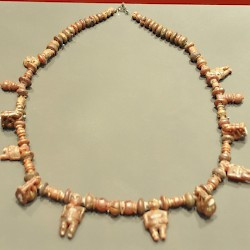
Vetulonia, Necropolis Poggio alla Guardia, Necklace |
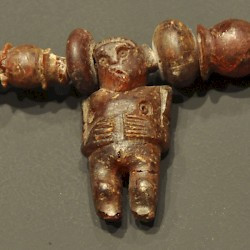
Vetulonia, Necropolis Poggio alla Guardia, Necklace, detail |
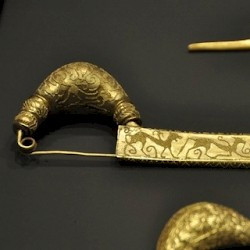
Vetulonia, Tomb of the lictor, Fibula |

Vetulonia, Tumulo della Pietrera, Mourner |
Via Egnatia
Via Egnatia: Roman road from the Adriatic Sea to Constantinople, passing through what is now called Albania, Northern Macedonia, Greece, Bulgaria, and Turkey. …
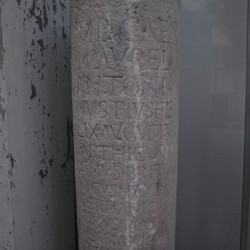
Via Egnatia, milestone of M. Aurelius |
Via Valeria
Via Valeria: Roman road in Central Italy.Since the Via Valeria was named after the Roman Valerius family, it must have been constructed by one of its members. The likely candidate is Marcus Valerius Maximus, who was consul in 289 and…Viatorinus
Viatorinus: fourth-century Roman soldier, killed in action in a fight with the Franks. Tombstone of Viatorinus The fourth-century tombstone of Viatorinus was…Victorinus
Victorinus: emperor of the Gallic Empire (r.269-271). Victorinus (coin) Names: full name and date of birth unknown the house in Trier where he lived…Vid, Archaeological museum
Collection of archaeological finds, all Roman, and the remains of the temple of Augustus of Narona. There are 3 items in Vid, Archaeological museum: …Vienna (Vienne)
Vienna (modern Vienne): Roman city in Gallia Narbonensis. Vienne, Garden of Cybele Vienna was situated on the confluence of the rivers Rhône…
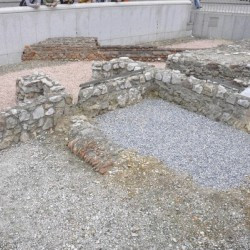
Vienna, Ancient remains at the Michaelerplatz (in front of the Hofburg) |